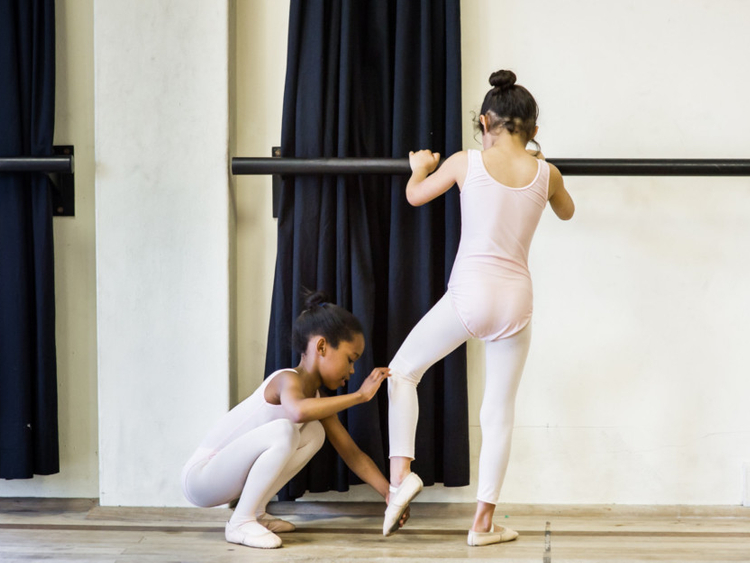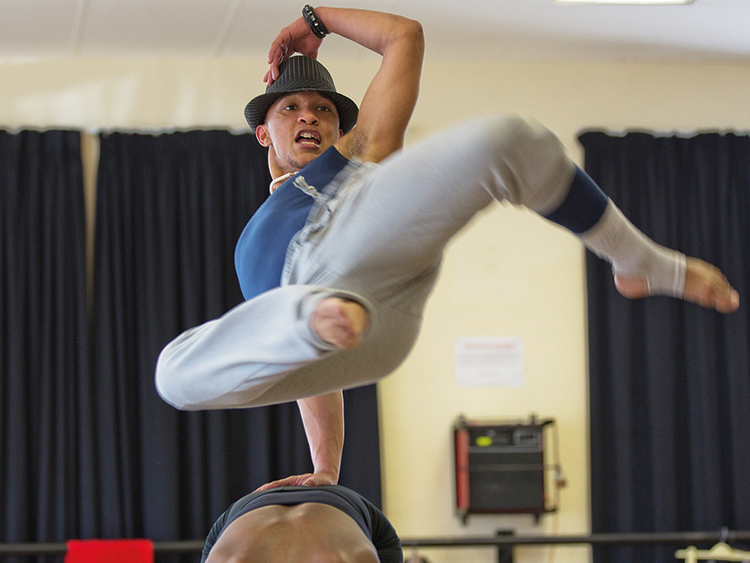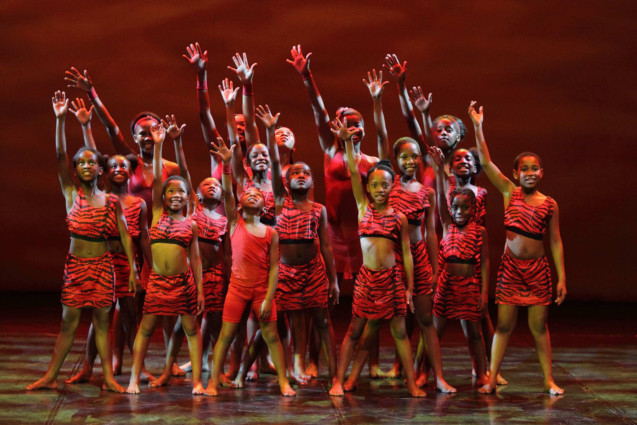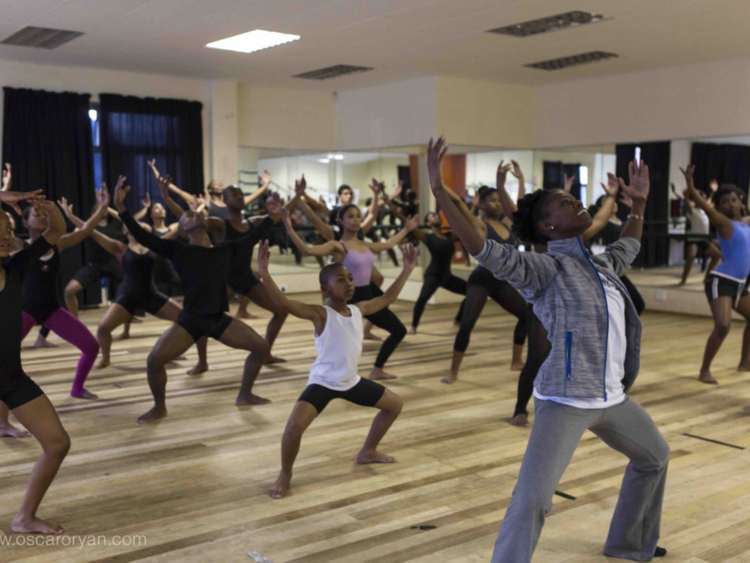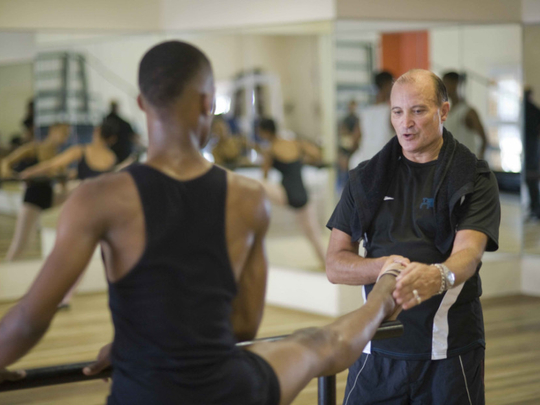
Hip-hop street battles gave the teenaged Nathan Bartman a sense of power. He was good and his mates thought he was cool.
But beneath this image, his aggressive moves were really an outlet for his anger; a way for him to feel in control.
In the poor neighbourhood where he lived, in a township near Cape Town, South Africa, most teens were searching for something.
When the group Bartman hung out with began to get involved in gangsterism and drugs, a warning light switched on in his head. He realised this was not the path his parents would want him to follow.
Both of them had died, within a year of each other, when he was 12 and his older brother, aged 20 and unemployed, took him in.
For a year, Bartman was numb; he felt nothing. Then grief bubbled up as anger and hip-hop provided an outlet. He gained a certain status and put on a tough façade. “But,” he says, “I was really searching for an identity; somewhere to belong.”
He knew it was not with this group so he broke away, but not from dance. Bartman had heard that classical ballet was the foundation for gaining proficiency in all dance styles, so he decided to start with the basics: ballet shoes and a book that he could learn from, because he couldn’t afford classes. He made his way to a ballet shoe factory near Cape Town. Too embarrassed to say he wanted the shoes for himself, he pretended they were for his sister. However, he soon came clean, and the assistant advised him to contact Dance for All (DFA).
Without hesitation, Bartman took a train to reach the DFA headquarters where he approached the founder and CEO Philip Boyd. Boyd was so enthused by Bartman’s story that he offered him a scholarship to be on DFA’s Bridging Programme for post-school students aspiring to become professional dancers.
A career in dance
DFA is a non-profit organisation that, in addition to preparing young adults to pursue a career in dance, teaches various dance styles free of charge to underprivileged township children. There’s an Outreach Programme in which DFA teachers give lessons in school classrooms dotted around townships on the outskirts of Cape Town. The schools rarely offer extramural activities, so these dance classes provide something fun for the children to do that keeps them off the streets and away from anti-social influences.
Many of the children say if it weren’t for the dance classes, there’s a chance that they’d be swept up in gangs — as a way of belonging, and surviving the harsh reality of township life.
For those who show promise and want to pursue more stringent dance training, afternoon classes are held in the studios at DFA’s headquarters.
There are also satellite classes in some rural communities of the Western Cape and, including these, DFA’s student tally is about 1,500.
DFA relies on sponsorship, grants and donations to continue its work; work that Boyd and his staff believe actively empowers children to carve a future for themselves.
“The success of one of our students opens doors for many others. It enables them not only to transform their own lives but also the lives of their entire family, as they can support them financially,” says Allison Hendricks, Artistic Director of DFA.
This has been demonstrated by a number of former DFA students who have found success on the international stage, as dance teachers, or in other professions.
“Amid the discipline and strenuous training, DFA’s students are taught perseverance and persistence in approaching challenges, and to remain focused on aiming to improve their lives and circumstances,” says Hendricks.
While officiating at the opening of DFA’s headquarters, the organisation’s illustrious Honorary Life Patron, Archbishop Emeritus Desmond Tutu, said many had thought Boyd was just “a crazy white man” when, 16 years before, he had told people in the townships that he wanted to teach them to dance.
However, what DFA had achieved reached way beyond that. In particular, through learning ballet, the children had gained such a remarkable level of discipline “that one would think they are from another planet”, he joked.
Boyd started DFA in 1991, three years before South Africa’s transition to democracy. At the time, he was a principal ballet dancer with Capab (now Cape Town City Ballet).
Two afternoons a week, Boyd would skip rehearsals and drive 15 kilometres to the township of Gugulethu where he would set up an old reel-to-reel tape machine and clear away desks in a school classroom while he waited for some children to arrive for his ballet class.
At the time, ballet was regarded as elitist, and children who were used to a crowded, noisy environment were unfamiliar with both the classical music he played and the precise, controlled exercises he taught.
Most of them had grown up dancing to vibrant African rhythms and the style was nothing like the moves Boyd demonstrated. But some children were game to try ballet and soon those peering through the classroom windows joined in. Boyd remembers that many said they fell in love with the music because it was soothing.
Boyd had a dream of offering children from underprivileged areas the chance to experience the magic of dance, as he had experienced it in his youth. He wanted to give them the opportunity to take part in a joyful activity in a safe environment where, apart from learning dance skills, their creativity would be encouraged and they could develop self-esteem, discipline and focus.
Under apartheid, non-white residents of these segregated township areas were, more often than not, given a second-class education; one that did not encourage ambition, foster the self-confidence to set goals, nor instil the self-belief needed to work towards achieving them.
But for Boyd there was no question of compromising on quality. He taught top-drawer technique and expected dedication and excellence. In his eyes, anything less would be patronising, and would not help to develop the life skills — such as tenacity — that would empower the students to succeed in whatever career they chose to follow.
“Over the years, I have told the children not to allow their circumstances to dictate who they are,” says Boyd. On the contrary, he encourages them to dream.
He, too, had a dream: to produce highly trained dancers from these communities who could take their place on South Africa’s stages and change the demographic of the country’s professional dancers.
Over the 26 years of DFA’s existence, this dream has become reality.
Naturally, it was not achieved single-handedly. As the number of students attending classes grew, some of Boyd’s dance colleagues taught on a voluntary basis. He says it was invaluable that they could share their expertise and experience, and that the students were exposed to the reality of what it takes to succeed in the performing arts world.
One of those who acted as a role model was Phyllis Spira, South Africa’s prima ballerina assoluta and Boyd’s wife.
From the start, she supported his venture. When she retired from the stage, and thereafter from her role as Capab’s ballet mistress, Spira dedicated herself to training DFA dancers.
Hope Nongqongqo, a founder student and now DFA’s Outreach manager, says when Boyd showed them videos of Spira dancing in classical ballet roles, she was mesmerised. “I’d never seen someone dancing as beautifully as that. I was attracted to her because she was small and I was small. She had big eyes; I had big eyes. I began to get a vision of myself on stage too.”
Nongqongqo says some of the students couldn’t help giggling when they saw Spira wearing a tutu and her partner wearing tights. But what grabbed her attention was the dancers’ feet — she couldn’t work out how the ballerinas could stand on their toes.
A number of students who blossomed under Spira’s exacting tuition have become professional dancers with international careers. Now they are role models for the generations that follow. For some, such an Noluyanda Mqulwana who has, for example, toured with a production of The Lion King, DFA will always be their home. When commitments allow, they return to teach youngsters who dream of filling their shoes.
Boyd started with ballet, but when he established DFA as a non-profit organisation and could pay additional teachers, other dance styles were added to the schedule. Currently on offer are ballet, contemporary, African and Spanish dance lessons.
It was a contemporary teacher at DFA, Christopher Kindo, whose life story and tuition inspired Bartman to set his sights on a performing arts career.
Despite being top of his final-year class, Kindo, who was classified ‘coloured’ in apartheid South Africa, was not offered a place with Capab Ballet Company, although fellow white students were. He wrote to the government in protest, but it was only in 1982, after theatres had opened up to all races, that he was offered a contract and became the first person of colour in the company, and a principal dancer.
He was also a founder member of Jazzart Dance Theatre, the first contemporary dance company in South Africa and had an international career as a dancer and choreographer.
Bartman’s introduction to Kindo was a turning point. Because he was so determined to learn classical ballet, the 19-year-old had joined the beginners class with children less than half his age. He worked so hard that he quickly progressed to more advanced classes. He was in one of these when Kindo popped in to watch.
Bartman says, “I saw this man pointing at me and laughing at the hip-hop pants I was wearing. But after class he invited me to come to his contemporary class to watch the work he was doing with some of the senior boys. After they’d done some quite complicated moves, he said, ‘Now you try.’ I did, and I fell. He said, ‘Good, from now on you come to my class. You’re not afraid to try something new.’ That’s when I really began to find my place as a dancer.”
Ballet had taught Bartman physical and mental discipline and had even begun to elongate and reshape his muscles. But it had also taken him to a deep and gentle emotional space which balanced the aggression and anger of his hip-hop street battles. In Kindo’s classes, he called on both aspects to master the contemporary style.
After two years on DFA’s Bridging Programme, Bartman won a three-year scholarship to train at the Cape Academy of Performing Arts (CAPA). During his final year, a guest choreographer, the renowned José Agudo, worked with CAPA students. He was particularly impressed with Bartman and invited him to dance in the United Kingdom with a Birmingham-based company, ACE dance and music (African Cultural Exchange Ltd), on a nine-month contract, which he finished halfway through the year.
Being out of his comfort zone, Bartman drew on the emotional resources he had honed and the discipline and resilience his dance training had instilled in him. He says, “Whenever I felt overwhelmed — either by the challenges of being in a foreign environment or having to learn complex choreography — I reminded myself of how I’d managed to get to this point. It was through determination, hard work, tackling one step at a time, believing in myself and embracing every opportunity presented to me, with gratitude.”
Bartman’s success and his commitment to using dance to bring a message of hope to South Africa and the world is one example of how Boyd’s dream has been realised. After having dedicated 26 years of his life to DFA and its students, Boyd plans to retire at the end of this year.
But Hendricks will continue to keep DFA on the path he pioneered. She says, “I encourage the students to think ahead and plan towards a bigger future, with circumstances beyond any they ever imagined, so that the paths paved for them by organisations such as DFA merely become stepping stones to greater things.”
Gillian Warren-Brown is a writer based in South Africa’s Eastern Cape region.
Pieces of a Dream: the Story of Dance for All by Warren-Brown is available on www.amazon.com Proceeds of the sale of the book go to Dance for All (www.danceforall.co.za).



